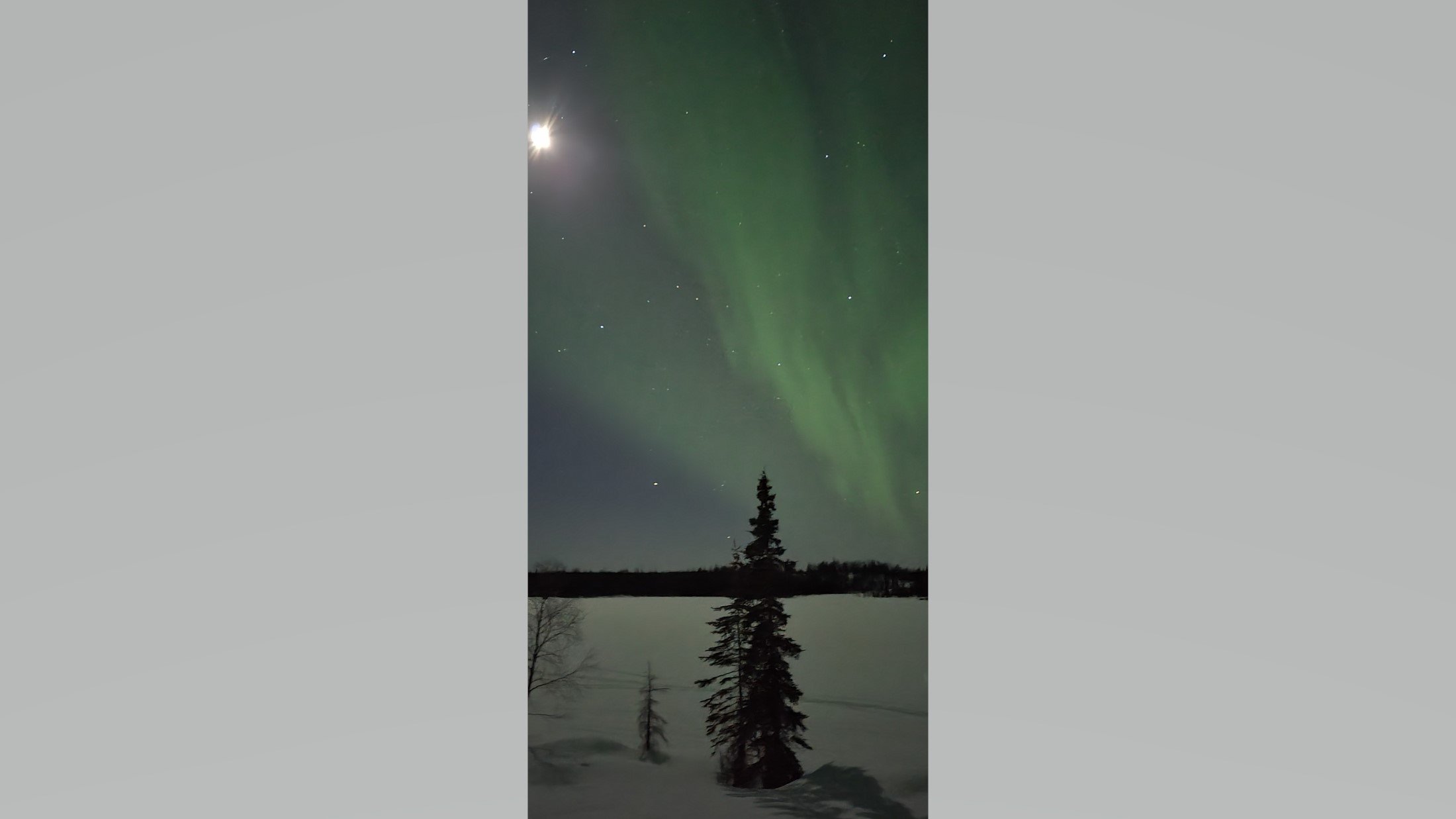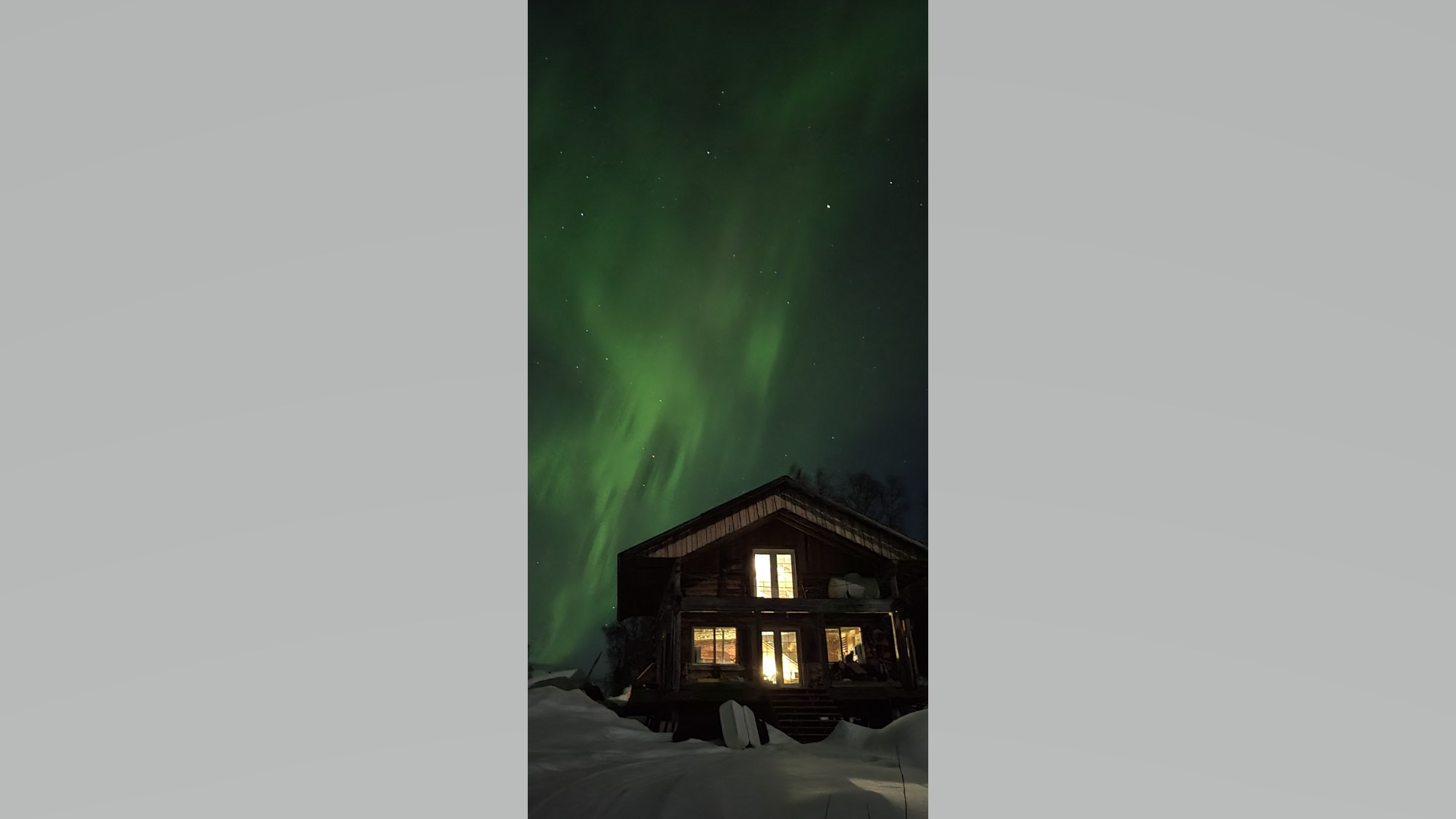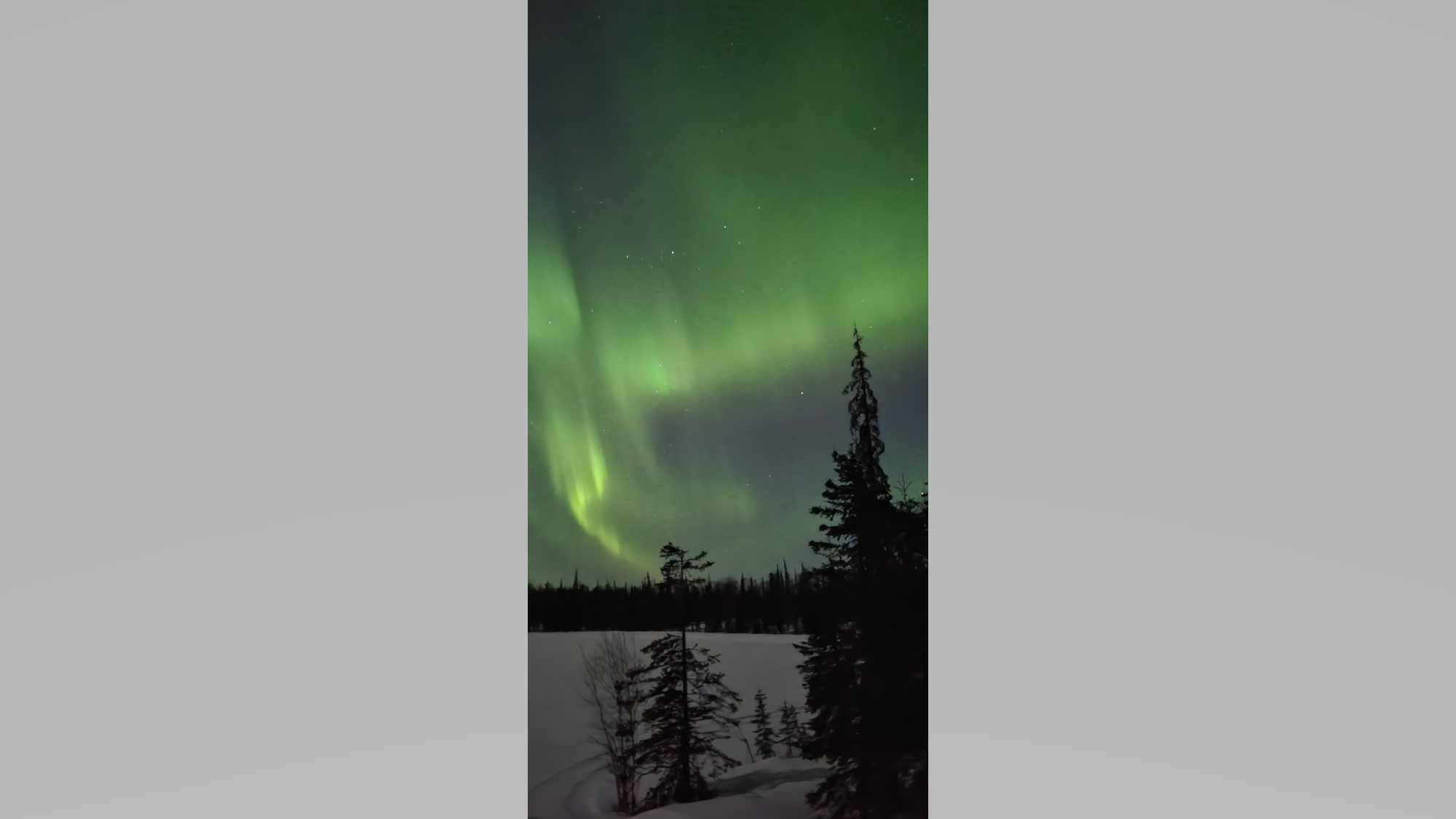Strong solar activity generated green glowing auroras over Alaska, as one photographer witnessed April 11 from Trapper Creek.
The stunning show lasted as long as four hours, photographer Lee Kirkum told Space.com, and the aurora display was highly visible despite a half-moon above the horizon.
“It was more active than normal, although I did see similar last winter,” Kirkum wrote in an e-mail. “They usually aren’t this showy. I usually see all streaks, but this time — at one point — it had the whole sky, except the extreme southern sky.”
Related: Hyperactive sunspot just hurled a huge X-class solar flare into space
Even more incredibly, Kirkum used a smartphone (a Samsung S21 in night mode) to capture most of the images. Auroras are generally quite faint, although occasionally you can get lucky enough to see northern lights strong enough to be picked up by a high-definition smartphone camera sensor.
Auroras are generated when the sun blasts off a bunch of charged particles, known as coronal mass ejections, in the direction of Earth. As the particles interact with Earth’s magnetic field, they can cause molecules of air high up in the atmosphere to glow, creating beautiful lights to capture.



The sun has been very active this month. On April 11, the sun unleashed a coronal mass ejection (CME) from a “dead sunspot,” a previously quiescent concentration of magnetic field lines on the surface. It was the latest in a series of storms that week; another major CME just blasted off on Easter.
If you need equipment to capture the best aurora, consider our best cameras for astrophotography and best lenses for astrophotography to make sure you’re ready. We also have a beginner’s guide on how to photograph the aurora.
If you captured a stunning photo of the northern lights let us know! You can send in images and comments to Space.com by emailing [email protected]. Be sure to let us know your name, where you were observing from and what it was like to see the auroras.
Follow Elizabeth Howell on Twitter @howellspace. Follow us on Twitter @Spacedotcom or on Facebook.

